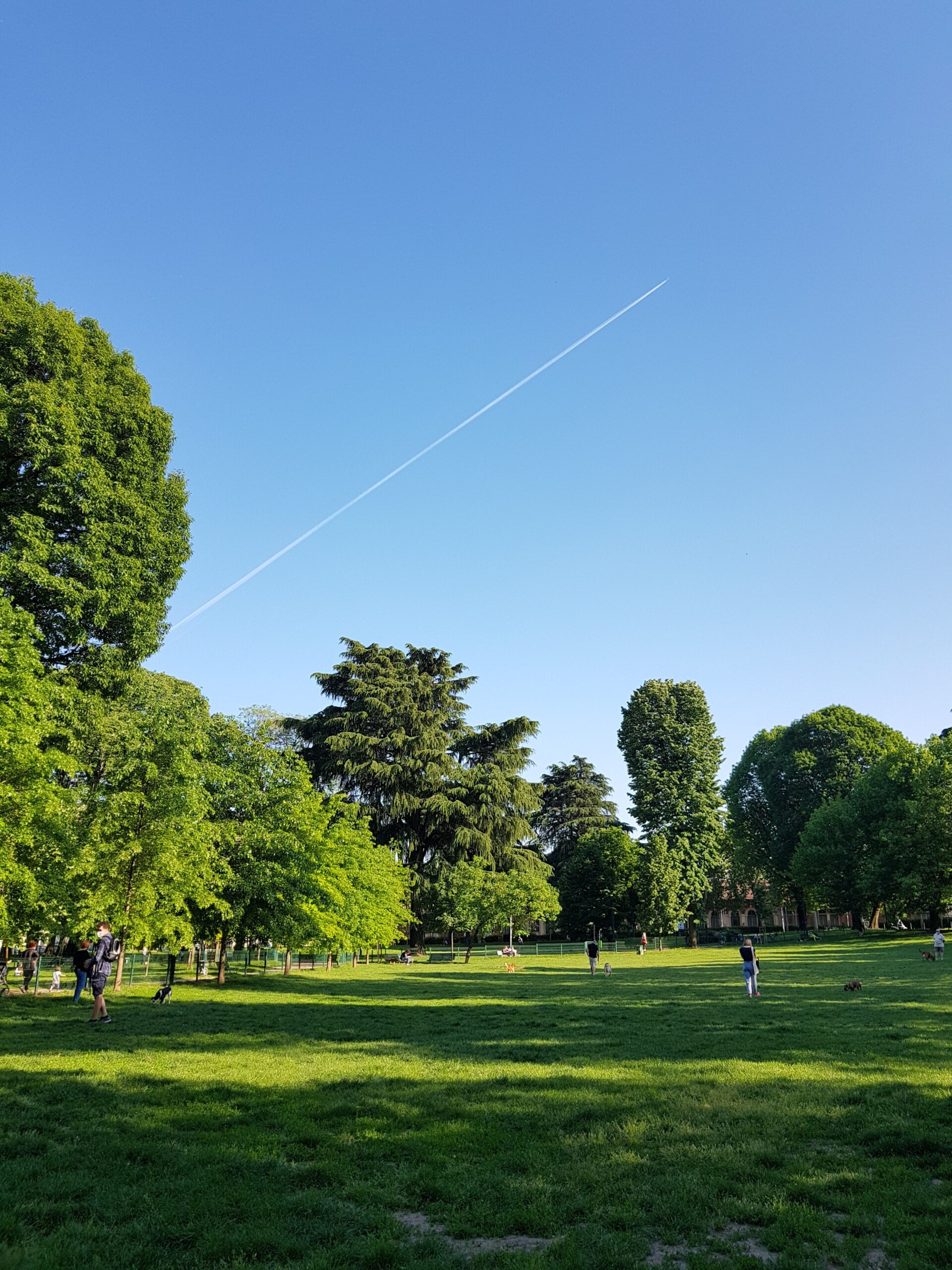
Protecting Your Argyle Property: The Importance of Tree Risk Assessments
Date December 23, 2024
During severe weather conditions, trees can cause damage if they fall or drop a limb, especially if they’re close to a house or showing signs of deterioration. Scheduling a tree risk assessment is a smart way to protect property, keep loved ones safe, and ensure peace of mind. This article will explain what a tree risk assessment is, why it’s important, and break down the process.
What Is a Tree Risk Assessment?
A tree risk assessment is a professional evaluation designed to determine the potential hazards a tree may pose to people, property, or the surrounding environment. Certified arborists examine the tree’s health, structure, and external conditions to identify risks and weaknesses. Then, they help homeowners and developers make informed decisions about tree maintenance, mitigation strategies, or removal. An at-risk tree exhibits conditions or vulnerabilities that increase its likelihood of failure. These trees may pose a danger to their surroundings, especially during extreme weather events. Signs of an at-risk tree include:
- A cracked, leaning, or hollowed trunk
- Dead branches, decayed wood, disease, or pest infestations
- Broken roots, soil instability, or storm damage
The Importance of Tree Risk Assessment for Safety
Routine tree risk assessments can prevent dangerous situations and property damage. Arborists can help mitigate falling branches or uprooted trees and identify weak limbs, unstable roots, or decayed trunks. These assessments allow intervention, reduce the likelihood of accidents, and protect homes and people from injury. They also save people from being held legally and financially responsible for preventable damage.
Comprehensive Risk Assessment Process
Professional tree risk assessments follow a systematic process for safety. Here’s what to expect:
- Initial site visit: The process begins with an on-site inspection, during which an arborist evaluates the trees and their surrounding environment. This step involves assessing factors such as proximity to structures, walkways, and power lines.
- Evaluation of tree health and structure: Arborists closely examine the tree’s roots, trunk, and canopy to detect any signs of decay, disease, or structural weaknesses. They also assess soil condition, root anchorage, and the tree’s overall growth pattern.
- Risk categorization: Each tree is assigned a risk level based on its likelihood of failure and the potential impact of such a failure. The arborist documents these findings in a detailed report.
- Actionable recommendations: The arborist uses their findings to provide tailored mitigation strategies, which may include pruning to reduce weight and wind resistance, cabling or bracing to reinforce weak branches, or, in extreme cases, tree removal.
Choosing the Right Service Provider
If you’re considering bringing a professional in for a tree risk assessment, make sure it’s done right. Our team of arborists certified by the International Society of Arboriculture have proven expertise and are well-versed in the best practices to keep your property looking its best. Contact us today for an estimate, and we’ll provide you with personalized recommendations to manage risks and keep your trees healthy.








